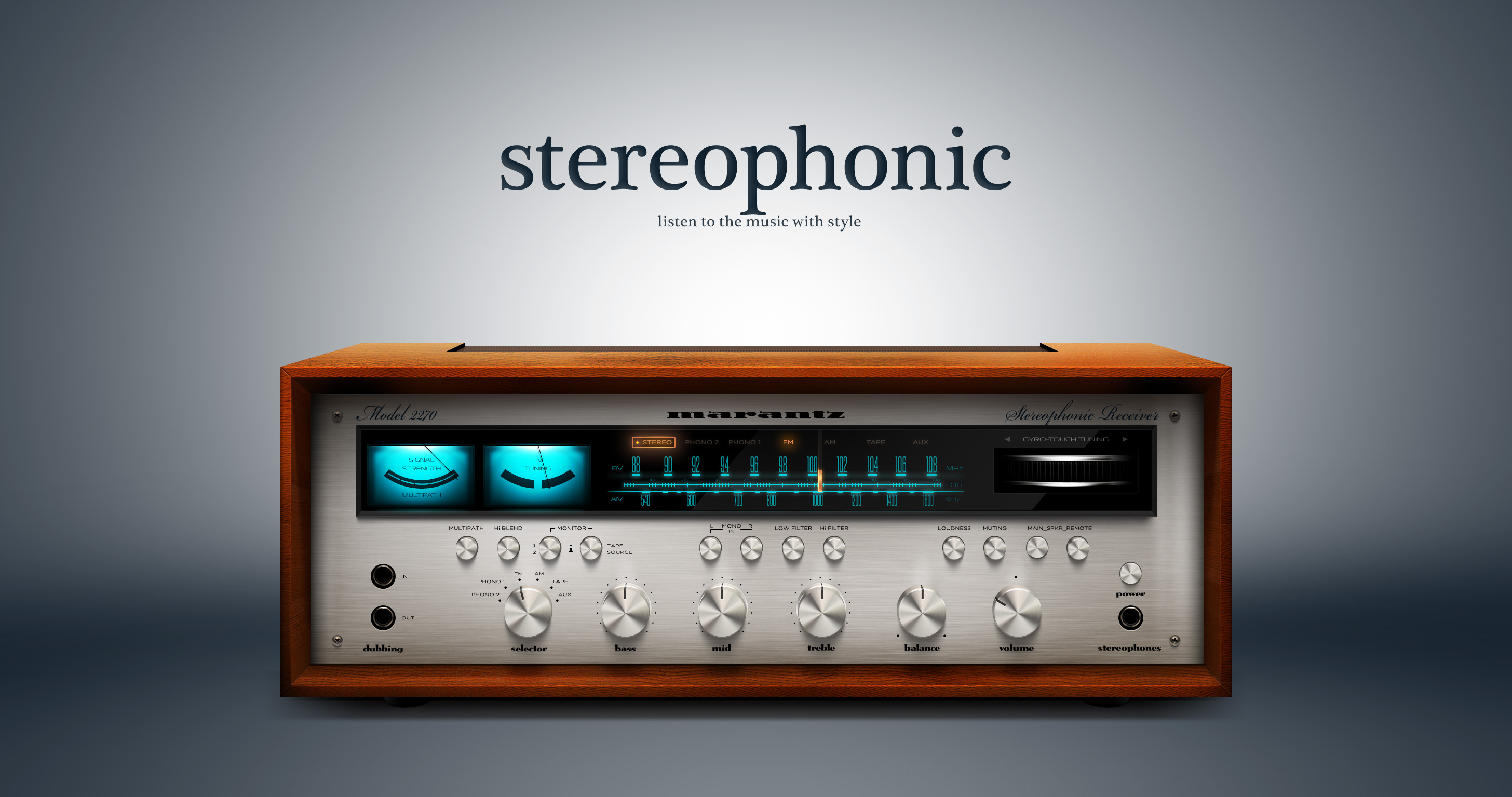History and Evolution of Stereophonic Sound

Stereophonic sound, commonly known as stereo, is a method of sound reproduction that creates an immersive and realistic listening experience by using two or more audio channels to deliver sound from different directions.
The concept of stereophonic sound can be traced back to the early 19th century when scientists and inventors began experimenting with binaural recording techniques. However, it was not until the 20th century that practical stereophonic sound systems were developed.
Key Milestones in Stereophonic Sound Development
- 1933: Alan Blumlein, a British engineer, patents a binaural recording system that uses two microphones placed in the ears of a dummy head.
- 1940s: Bell Labs develops a two-channel stereophonic sound system for use in motion pictures.
- 1958: The first commercially available stereo record is released.
- 1960s: Stereo becomes the standard format for music recording and playback.
- 1970s: Quadraphonic sound, a four-channel stereophonic sound system, is introduced but fails to gain widespread acceptance.
- 1980s: Digital audio technology revolutionizes the recording and playback of stereophonic sound.
- Present: Stereophonic sound remains the dominant format for music and audio reproduction, with advancements in surround sound and 3D audio technologies.
The development of stereophonic sound has had a profound impact on the music industry and the listening experience. Stereo recordings create a more immersive and realistic soundstage, allowing listeners to feel like they are in the same room as the performers.
Technical Aspects of Stereophonic Sound
/GettyImages-685053372-5b08cd883418c60038f2b8a7.jpg)
Stereophonic sound reproduction aims to recreate a realistic spatial auditory experience by delivering sound from multiple directions, mimicking the natural hearing process. This section delves into the technical foundations of stereophonic sound, exploring the principles, components, and formats involved in its creation and playback.
Basic Principles
Stereophonic sound reproduction relies on the concept of binaural hearing, where each ear receives sound waves from different directions. The brain processes these signals to determine the location of sound sources. Stereophonic systems simulate this process by using two or more channels to deliver sound to each ear, creating the illusion of sound coming from specific directions.
Components and Techniques
Key components of stereophonic sound systems include:
- Stereo Microphones: Capture sound from different directions, mimicking the binaural hearing process.
- Recording Techniques: Position and orientation of microphones influence the perceived soundstage and spatialization.
- Playback Systems: Deliver sound to each ear through headphones or loudspeakers placed at specific angles.
Formats and Standards
Various formats and standards have been developed for stereophonic sound:
- Analog Formats: Include two-channel stereo recordings on vinyl records, cassettes, and FM radio.
- Digital Formats: Utilize digital encoding techniques to store and transmit stereophonic audio, such as PCM (Pulse Code Modulation) and DSD (Direct Stream Digital).
Applications of Stereophonic Sound

Stereophonic sound finds widespread applications across various fields, offering listeners an enhanced spatial and immersive experience.
In music recording, stereophonic sound allows for the separation of instruments and vocals, creating a more realistic and engaging listening experience. It enables the listener to perceive the relative positions of different sound sources, mimicking the natural auditory perception of a live performance.
Film and Television Production, Stereophonic
Stereophonic sound plays a crucial role in film and television production, contributing significantly to the overall storytelling and emotional impact. It enhances the spatial realism of sound effects and dialogue, making the viewer feel more immersed in the narrative.
- Sound Effects: Stereophonic sound allows for precise placement of sound effects within the soundstage, enhancing the sense of space and realism. For example, in an action movie, the sound of gunshots can be panned across the stereo field, creating a more immersive and dynamic soundscape.
- Dialogue: Stereophonic sound enables the separation of dialogue from background noise, ensuring clarity and intelligibility, even in complex and noisy environments.
Gaming
Stereophonic sound has revolutionized the gaming industry, providing gamers with a heightened sense of spatial awareness and immersion. It allows players to accurately locate opponents and objects in the virtual environment, enhancing gameplay and overall enjoyment.
- Spatial Awareness: Stereophonic sound provides gamers with the ability to determine the direction and distance of sounds, enabling them to react more effectively to in-game events.
- Immersion: The use of stereophonic sound in games creates a more immersive experience, drawing players deeper into the virtual world.
Home Entertainment
Stereophonic sound has become an integral part of home entertainment systems, offering a more enjoyable and engaging experience for listeners.
- Music: Stereophonic sound systems provide a wider and more natural soundstage for music listening, allowing listeners to appreciate the nuances and details of their favorite recordings.
- Movies: Home theater systems with stereophonic sound enhance the cinematic experience, bringing the action and emotion of the big screen into the living room.